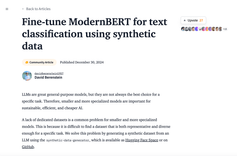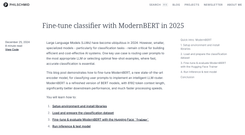
Abstract
The common practice for training commonsense models has gone from-human-to-corpus-to-machine: humans author commonsense knowledge graphs in order to train commonsense models. In this work, we investigate an alternative, from-machine-to-corpus-to-machine: general language models author these commonsense knowledge graphs to train commonsense models. Our study leads to a new framework, Symbolic Knowledge Distillation. As with prior art in Knowledge Distillation (Hinton et al., 2015), our approach uses larger models to teach smaller models. A key difference is that we distill knowledge symbolically-as text-in addition to the neural model. We also distill only one aspect-the commonsense of a general language model teacher, allowing the student to be a different type, a commonsense model. Altogether, we show that careful prompt engineering and a separately trained critic model allow us to selectively distill high-quality causal commonsense from GPT-3, a general language model. Empirical results demonstrate that, for the first time, a human-authored commonsense knowledge graph is surpassed by our automatically distilled variant in all three criteria: quantity, quality, and diversity. In addition, it results in a neural commonsense model that surpasses the teacher model's commonsense capabilities despite its 100x smaller size. We apply this to the ATOMIC resource, and share our new symbolic knowledge graph and commonsense models.






